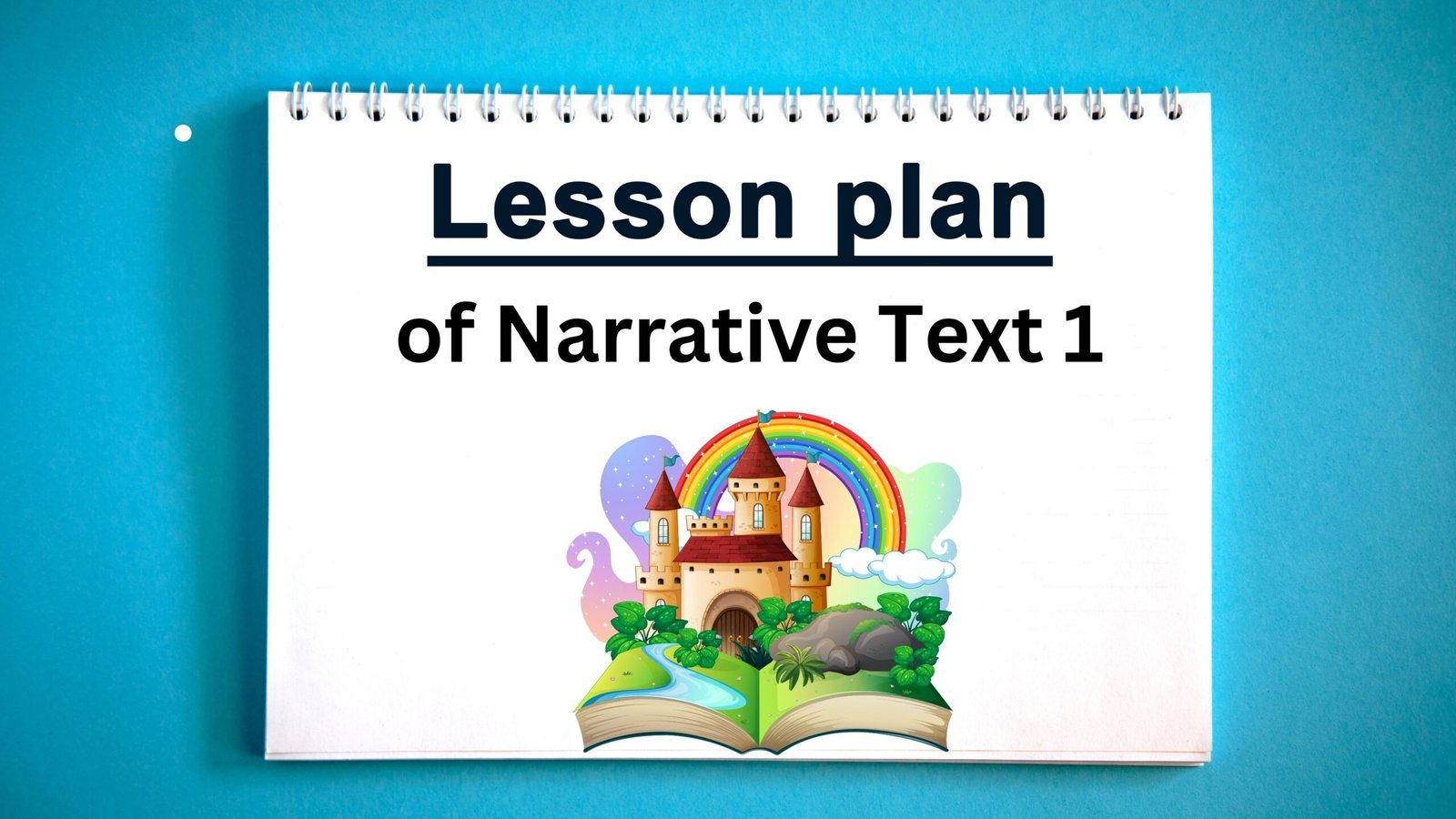The Power Dilemma: Weighing the Benefits and Risks of Nuclear Energy
The Power Dilemma: Weighing the Benefits and Risks of Nuclear Energy Nuclear power has been a topic of debate for decades as societies seek sustainable energy solutions. Supporters highlight its […]

The Power Dilemma: Weighing the Benefits and Risks of Nuclear Energy
Nuclear power has been a topic of debate for decades as societies seek sustainable energy solutions. Supporters highlight its benefits, primarily low greenhouse gas emissions. Unlike fossil fuel plants, nuclear power plants do not emit carbon dioxide during operation, making them a cleaner alternative that helps combat climate change and reduce air pollution, improving urban health.
Another advantage of nuclear power is its high energy output. Nuclear reactors produce a substantial amount of energy from a relatively small amount of fuel. This efficiency allows nuclear power plants to generate large quantities of electricity to meet high demand, contributing to energy security and stability. Moreover, nuclear power can provide a continuous and reliable power supply, unlike some renewable sources dependent on weather conditions, crucial for maintaining a stable energy grid.
However, nuclear power has its challenges. One big issue is dealing with nuclear waste. This waste stays dangerous for thousands of years and needs safe, long-term storage. Finding good places to store it and keeping those places safe is complicated and expensive. This makes people worry about whether it’s a sustainable solution and the risks it poses for future generations.
Another issue is the risk of nuclear accidents. Events like the Chernobyl disaster and Fukushima Daiichi incident have highlighted the potential dangers of nuclear power. These accidents released significant amounts of radiation, causing widespread environmental contamination and long-term health effects. The fear of such incidents makes nuclear power contentious for many communities and governments. Ensuring the highest safety standards and robust emergency response plans is essential to mitigate these risks.
Another downside of nuclear power is its high cost. Building nuclear power plants requires a lot of money, and the advanced technology needs strict maintenance and safety measures. Also, shutting down old nuclear plants is expensive and takes a long time, which adds to the total cost.
Despite these challenges, many experts argue that nuclear power remains vital for the future energy mix. Technological advancements are improving the safety and efficiency of nuclear reactors, and innovations like small modular reactors (SMRs) promise to address existing concerns. As the world continues to strive for sustainable and low-carbon energy solutions, nuclear power is likely to play a crucial role in achieving these goals.
In conclusion, nuclear power offers significant benefits, such as low greenhouse gas emissions and high energy output, making it attractive for addressing climate change and ensuring energy security. However, the challenges of nuclear waste management, the risk of accidents, and high costs cannot be overlooked. Balancing these factors is essential for making informed decisions about the role of nuclear power in our future energy landscape.

















